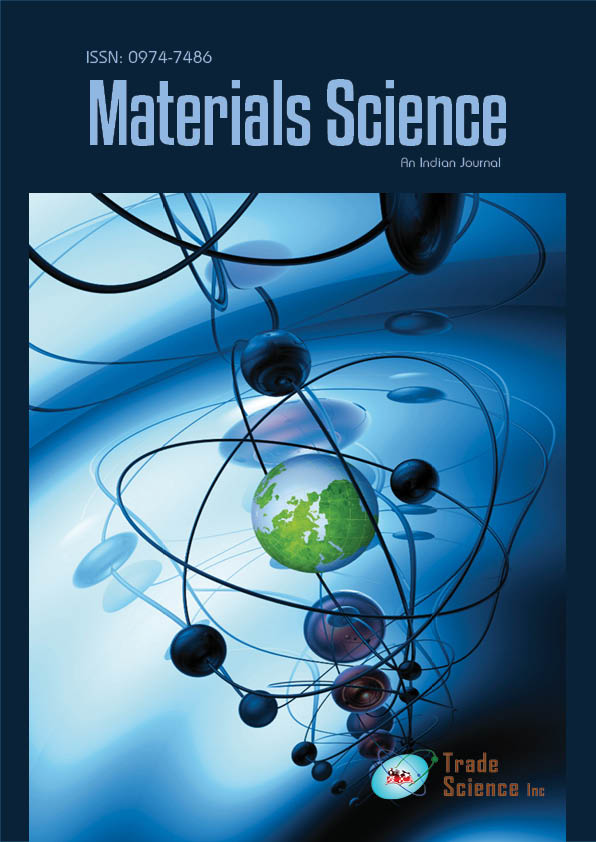抽象的
Phenolic Content of Various Date Palms Fruits and Vinegars from Iraq
Mohammed Hashim Matloob and Asim Alaa Al-Hussein Balakita
Vegetables and fruits and all the drinks derived from them, are rich in phenolic compounds, which have been confirmed to exhibit positive effects on certain types of inflammatory disorders, coronary disease and cancers. In this study, the total phenolic contents of selected Iraqi date's and vinegars were evaluated and compared with other fermented fruits. The production of date vinegar was carried out by anaerobic conversion of date juice to ethanol using bakery yeast and aerobic oxidation of ethanol to acetic acid at 30°C by old vinegar. Total phenolics were determined colorimetrically by Folin-Ciocalteau reagent. The levels of sugars, ethanol and acetic acid in homemade and 21 commercially available vinegars were determined by refractometry, gas chromatography and titrimetry. The results indicated that: (i) Khistawi variety gave the highest phenolic content (475.5 mg GAE/100 g), followed by Khadrawi (411.6 mg GAE/100 g), Sultani (371.6 mg GAE/100 g), Zahdi (335.6 mg GAE/100 g), Maktoom (331.6 mg GAE/100 g) and Ashursi (315.6 mg GAE/100 g) and (ii) the total phenol content of khistawi date's vinegar (1453 mg GAE/L) was very high compared with other fermented fruits. Accordingly, Iraqi date palm and its vinegar could be considered as a potential source of antioxidant. These natural compounds can be used in food industry as a source of bioactive human health promoters.
